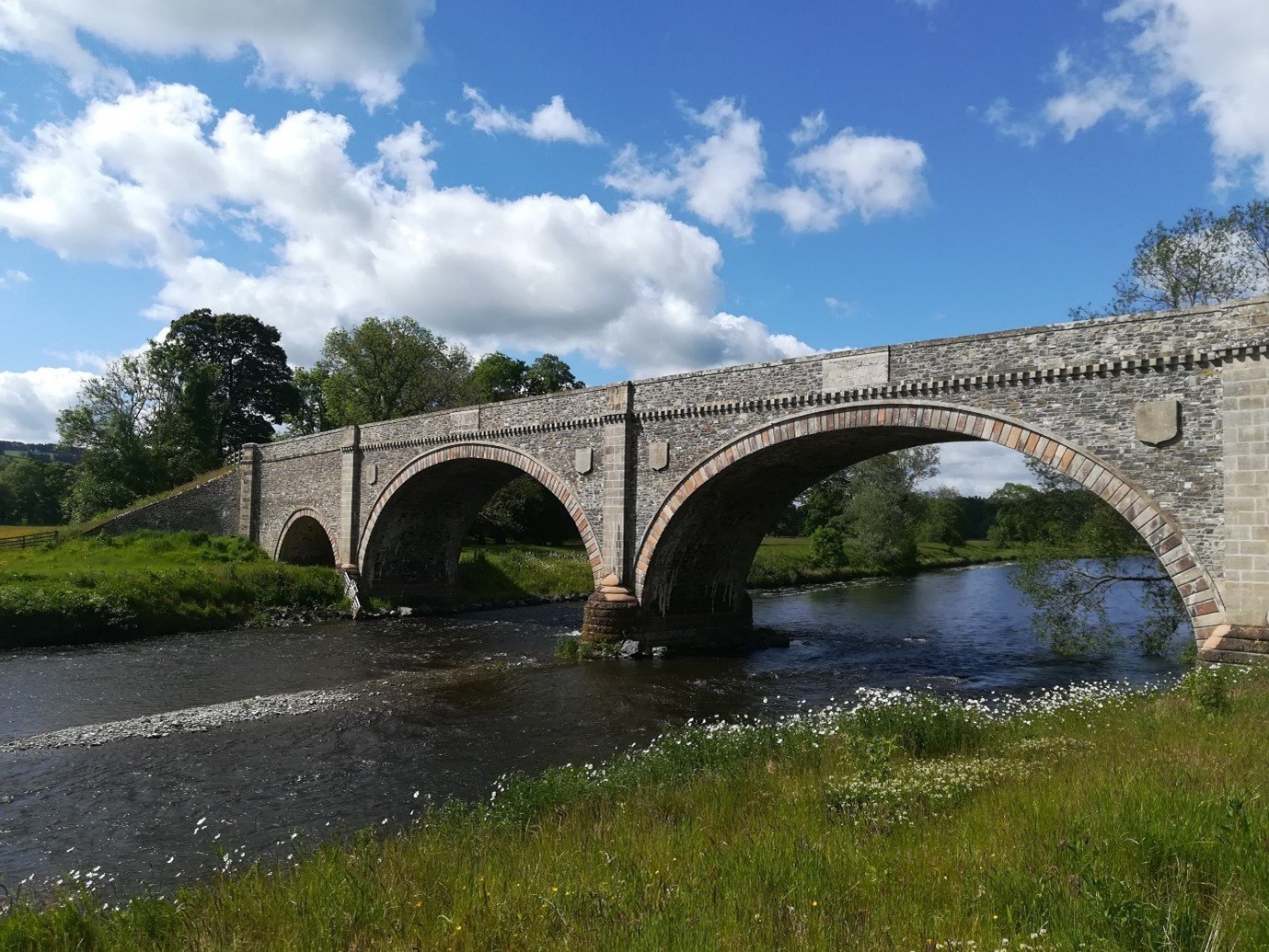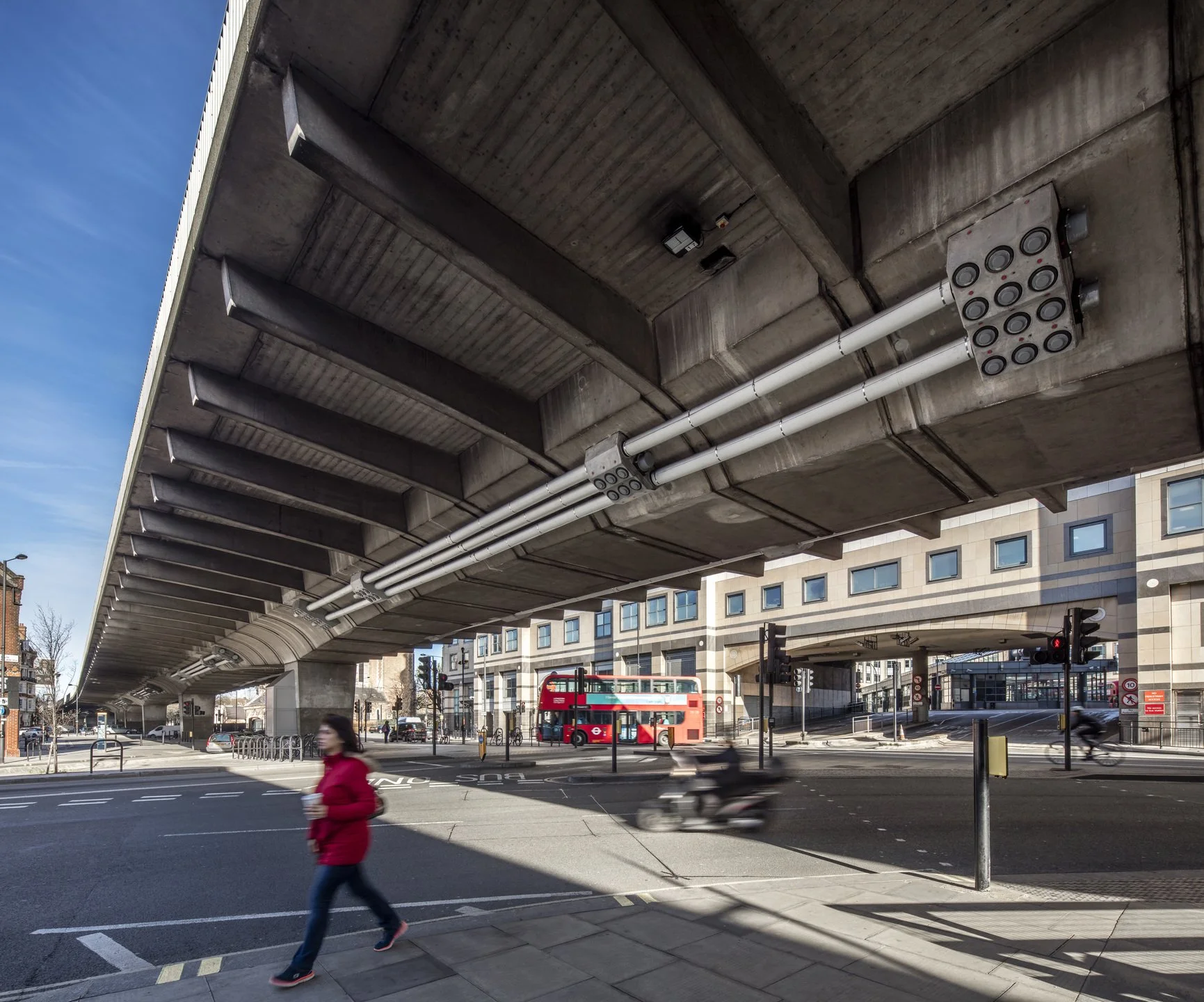Take Action
Scroll down to see the steps to help achieve Net Zero Bridges
Get Informed
To rise to the climate change challenge, we need to understand it and our part in it as bridge owners, engineers and designers. There is an increasing quantity of strategy, reports and guidance relevant to construction and infrastructure. However, many are difficult to relate to the day-to-day activity of bridge professionals.
We have created our Library to make it easier to find all relevant information and guidance to help professionals working with bridges not only to get informed, but to stay informed. We will draw upon knowledge and best practice from our members to expand these resources in the future.
Build Nothing
Following the carbon reduction hierarchy set out in PAS 2080, the first and most effective step to reducing carbon in our projects is to Build Nothing. This option should always be considered, challenging the brief as necessary. For countries with existing infrastructure, the aim should be to minimise the need for renewal wherever this can be done safely.
This should be a key focus for bridge professionals: managing assets effectively to extend their life and maximise their value, avoiding the need for new construction where we can. We need to make more use of advanced assessment methods, adopt the philosophy of conservation engineering, and understand whether the circular economy can provide what we need.
Refer to the Library for Case Studies.
Build Less
The next step in the carbon reduction hierarchy is to Build Less. Carbon emissions generally correlate to size: bigger bridges have bigger carbon footprints, as is clearly shown in the data held by Net Zero Bridges Group members.
In PAS 2080, “build less” means “reducing the extent of new construction required”. Steel and concrete structures typically have a larger carbon footprint than at-grade infrastructure or earthworks, so our challenge is to reduce the number, extent and scale of bridges and associated structures.
Refer to the Library for Case Studies.
Build Clever
There is much scope under the “build clever” heading to make measurable improvements in carbon footprints. Carbon calculations must be used to inform design optimisation decisions. In almost every case that means squeezing out unnecessary material, often by adopting structural forms that are inherently efficient.
To build clever we need to measure our carbon footprint at every stage of the bridge project lifecycle. The Net Zero Bridges Group are comparing the carbon footprint data that our members use to make sure we do this in a consistent way. Refer to the Carbon Data & Benchmarking section of the Task Groups page for more details. This is also a core area of interest for our Steel and Concrete Bridge Task Groups.
Refer to the Library for Case Studies.
Build Efficiently
When all other steps in the carbon reduction hierarchy have been exhausted, there are still carbon savings to be found during construction.
Our Carbon Data & Benchmarking task group are investigating how our understanding of construction-stage embodied carbon can be improved. There are also opportunities to reduce the embodied carbon of concrete and steel through choices in procurement and specification. Our Concrete and Steel Bridges task groups are building knowledge with a view to sharing appropriate guidance.
Refer to the Library for Case Studies.
Beyond Net Zero
The carbon reduction hierarchy is a useful lens for reducing the capital carbon of a new-build project. It is also often a way to increase value by reducing cost. However, bridges cannot be considered in isolation from wider infrastructure and communities.
By contributing to transport infrastructure, the embodied carbon investment in a bridge can unlock broader carbon savings, for example by enabling transfer to a lower-carbon transport system, or by encouraging active travel.
Bridges also contribute to wider social and economic outcomes, and their role in generating value must be considered alongside their financial costs and environmental impact.
Prioritise & Commit
All members of the Net Zero Bridges Group have declared a climate and biodiversity emergency and committed to raising awareness, advocating for change, and sharing knowledge and research. We encourage others to sign up to Architects Declare, Structural Engineers Declare, Civil Engineers Declare or equivalent commitments (https://builtenvironmentdeclares.com/).
All parties to the infrastructure and construction supply chains need to make Net Zero a priority, evaluate their own impacts on embodied carbon, and commit to reducing emissions over an appropriate timescale.
Our Timelines and Pathways task group have reviewed the wider industry context and frameworks to help us understand the actions that are required, and their timescales. Actions taken in the years leading to 2030 will determine the success of emissions reductions efforts in the two decades thereafter.
Procurement
The NZBG supports PAS 2080 as a common approach to management of carbon emissions across all infrastructure projects. It enables organisations to align their efforts in understanding and reducing emissions.
We support its wider implementation. Project teams should make the calculation of projected carbon equivalent emissions mandatory and establish a clear common framework to ensure consistency. Construction teams should mandate the collection of credible carbon data from their supply chains.
Low-carbon contract clauses are becoming available, but these need careful thought to ensure they incentivise the right outcomes.
Refer to the Library for Case Studies.
Share
NZBG members have committed to sharing knowledge, ideas and best practice. We have begun to collate carbon data from our members’ projects to inform better benchmarking and test for consistency of approach.
We welcome anyone in the industry to present to our members their own projects, processes or data which contributes to decarbonising bridge construction and asset management. We are also seeking good case studies that can be shared on this website.
If you have something to share – please do reach out to us!









